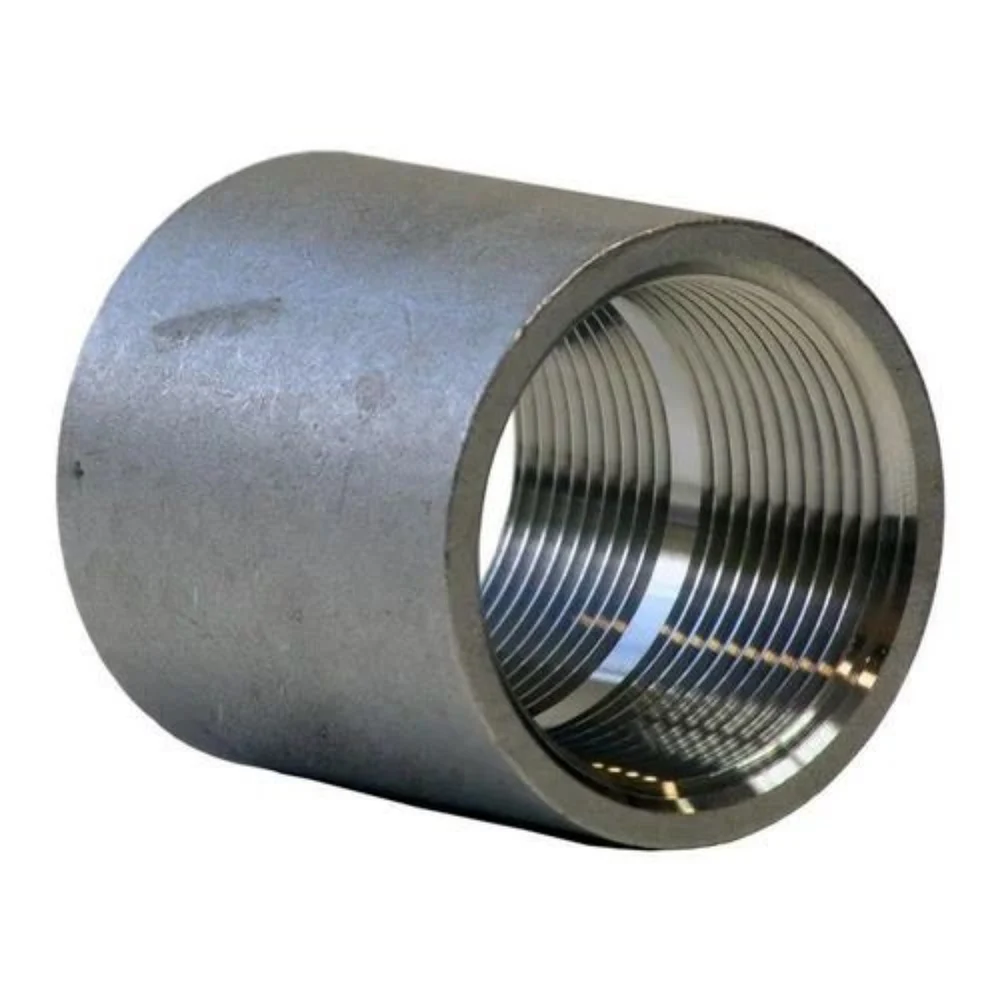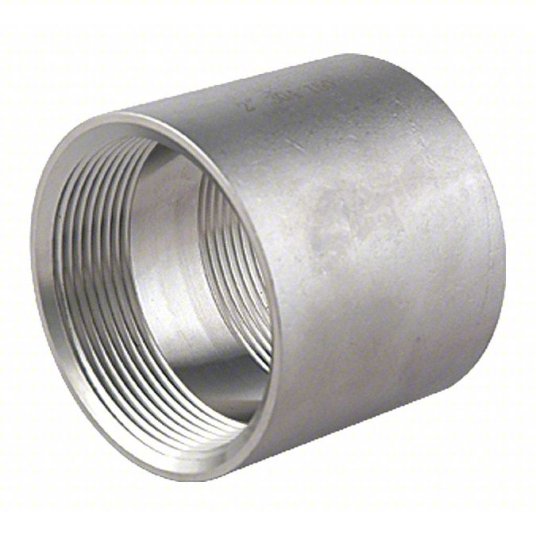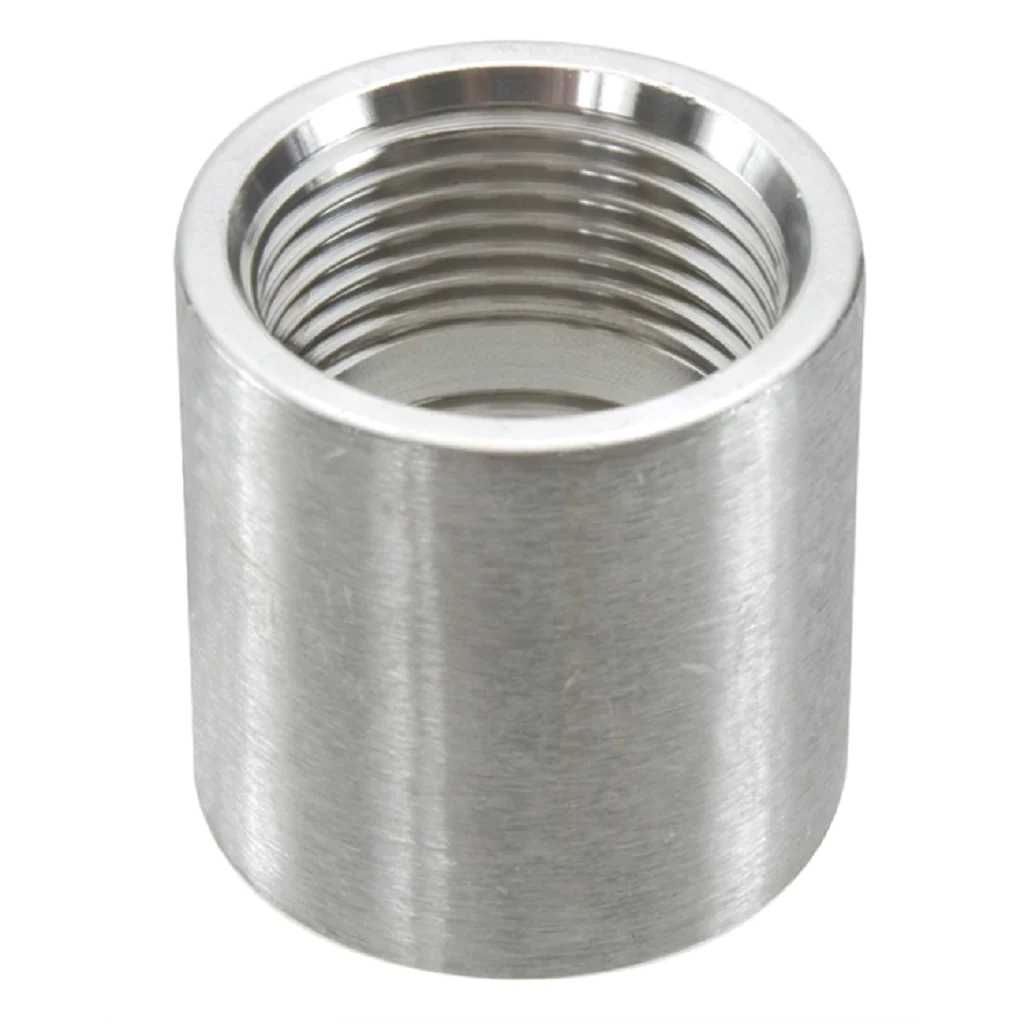Product Description
Product Parameters
Camlock Coupling
Camlocks are often referred to as Cam and Groove Couplings.This is because they are engineeres with grooves that allow the vari- ous styles to fit together creating a tight seal.Their simple structure and easy operation make them very popular.Camlocks are connected by simply opening the coupler arms and inserting the adaptor into the coupler.As the arms are pushed down to the sides,the 2 connectors are forced tightly together creating the bonded seal on an internal gasket. Camlocks come in a variety kf materials:stainless steel,aluminum,brass,polypropylene,nylon.
Standard
1.MIL A-A-59326 Cam&Groove couplings are made in compliance with A-A-59326(old version called MIL-C-27487)specification.
2.EN14420-7(DIN2828) The European standard EN 14420-7:2004replaces DIN 2828,witch was applied to cam&groove couplings maunfactured to A-A-59326A.A flat thread seal has been added to the female threaded parts,and a smooth hose shank has been added for assembly with DIN 2817 safety clamps.
Size
Stainless steel:1/2″ to 6″
Aluminum:1/2″ to 6″
Brass:1/2″ to 6″
PP:1/2″ to 4″
Nylon:1/2″ to 4″
Material
1.Stainless steel AlSI316/AISI304 by investment casting
2.Aluminium by gravity casting
3.Brass CW614N by forging
4.Polypropylene
5.Nylon
body:
stainless steel 304 316
Features
1.Handles are made of stainless steel AISI 304 as a standard.
2.Camlock are capable of transporting liquids,solids and gases,except liquid gas and steam.
3.Coupling with multi-serrated hose shank & collar are available on customer’s request.
Gaskets Material:
NBR,EPDM,Viton ,Silicon
Thread:
NPT, BSP(female BSPP & male BSPT) ,DIN2999
Specification:
MIL-C27487
Test pressure:
1/2″ 150PSI(10.5bar)
3/4″-2″ 250PSI(17.6bar)
2-1/2″ 225PSI(15.8bar)
3″ 200PSI(14.8bar)
3″-4″ 200PSI(14.8bar)
4″-6″ 100PSI(7.4bar)
6″ 150PSI(10.5bar)
Application:
oil,petroleum,chemical,water,gas
Detailed Photos
Company Profile
CHINAMFG MACHINE PARTS Co., Ltd Has several years experience in producing stainless steel/carbon steel/alloy steel products/rubber products. We have always adhered to the business policy of “Quality for Survival, Product for Development, Credibility for Cooperation and Service for Customers”. We are pleased to find new partners and hope to establish longterm business relationships with you based on mutual benefits
Our products have been exported to many countries and regions in Europe, North America, South America, Middle East and Asia
Camlocks are often referred to as Cam and Groove Couplings. This is because they are engineeres with grooves that allow the vari. Ous styles to fit together creating a tight seal. Their simple structure and easy operation make them very popular. Camlocks are con. Nected by simply opening the coupler arms and inserting the adaptor into the coupler. As the arms are pushed down to the sides, the 2 connectors are forced tightly together creating the bonded seal on an internal gasket.
Camlocks come in a variety kf materials: Stainless steel. Aluminum. Brass. Polvpropylene. Nvlon.
Packaging & Shipping
Main Products
FAQ
1. Are you a factory or a trading company?
We are both, we have our own factory and the trading company based on our factory.
2. Can the products print logo?
Yes, we do OEM& ODM orders.
3.How about the samples?
Samples are free and express charge is paid by the buyer.
4. How much about the mold?
Mold is free for you once details are confirmed
5. How about the payment term?
T/T. 30% advanced payment,70% balance before the shipment.
/* January 22, 2571 19:08:37 */!function(){function s(e,r){var a,o={};try{e&&e.split(“,”).forEach(function(e,t){e&&(a=e.match(/(.*?):(.*)$/))&&1

Can Stainless Steel Couplings Handle Misalignment Between Shafts Effectively?
Yes, stainless steel couplings are designed to handle certain degrees of misalignment between shafts effectively. While they may not provide as much flexibility as some elastomeric couplings, stainless steel couplings can accommodate angular, parallel, and axial misalignments to a certain extent.
Angular Misalignment:
Stainless steel couplings can tolerate small angular misalignments between the shafts. Angular misalignment occurs when the axes of the connected shafts are not perfectly aligned. Stainless steel couplings can handle these slight deviations and still transmit torque efficiently. However, excessive angular misalignment can cause additional stress on the coupling and may lead to premature wear or failure.
Parallel Misalignment:
Stainless steel couplings can also accommodate parallel misalignment, which occurs when the shafts are not perfectly aligned along their axis but run parallel to each other. They can compensate for minor deviations and allow smooth rotation between the shafts. However, if the parallel misalignment is beyond the coupling’s rated capacity, it can lead to increased loads on the coupling and the connected equipment.
Axial Misalignment:
Stainless steel couplings can handle limited axial misalignment, where the shafts have slight axial displacement along their common axis. The coupling’s design may allow for some axial movement without compromising performance. However, it is essential to ensure that the axial misalignment does not exceed the coupling’s specified limits to avoid detrimental effects.
It is important to select the appropriate stainless steel coupling type and size based on the specific misalignment requirements of the application. Regular inspection and maintenance can also help identify and address any misalignment issues early on, ensuring the coupling continues to operate effectively and with minimal wear.

Design Considerations for Stainless Steel Couplings in Marine or Corrosive Environments
Stainless steel couplings are often used in marine or corrosive environments due to their corrosion-resistant properties. However, there are some specific design considerations to ensure optimal performance and longevity in such harsh conditions:
- Material Selection: Choose the right grade of stainless steel that offers the best corrosion resistance for the specific marine or corrosive environment. Common stainless steel grades used in such applications include 316 and 316L, which provide excellent resistance to seawater and various corrosive agents.
- Surface Finish: Ensure that the coupling’s surface has a smooth and polished finish. A smooth surface minimizes the accumulation of contaminants and reduces the risk of crevice corrosion in marine environments.
- Sealing: Implement effective sealing mechanisms to prevent moisture and contaminants from entering the coupling. Seals such as rubber gaskets or O-rings can help protect the coupling’s interior and reduce the risk of corrosion-related failure.
- Coatings: Consider applying additional protective coatings or treatments to enhance the coupling’s corrosion resistance. Coatings like epoxy or zinc can provide an extra layer of protection against marine and corrosive elements.
- Isolation: In some cases, it might be beneficial to isolate the coupling from direct contact with seawater or corrosive substances. Mounting the coupling on non-corrosive materials or using isolating bushings can help minimize the impact of harsh environments.
- Regular Maintenance: Perform routine inspections and maintenance to check for signs of corrosion or wear. Regularly clean the coupling and remove any accumulated debris or contaminants to prevent accelerated corrosion.
- Testing: Before deploying stainless steel couplings in marine or corrosive environments, conduct thorough testing to ensure they meet the specific requirements of the application. This testing can include corrosion resistance testing and performance evaluations under simulated conditions.
- Monitoring: Implement monitoring systems to detect any early signs of corrosion or degradation. Monitoring can help identify potential issues before they lead to coupling failure and allow for timely preventive measures.
By carefully considering these design considerations and implementing appropriate measures, stainless steel couplings can withstand the challenges of marine or corrosive environments and maintain their performance and durability over time.

Proper Installation of Stainless Steel Couplings for Optimal Performance
Installing a stainless steel coupling correctly is essential for ensuring its optimal performance and longevity. Follow these steps for proper installation:
- Inspect the Coupling: Before installation, carefully inspect the coupling and its components for any damage or defects. Ensure that it matches the required specifications for the application.
- Prepare the Shafts: Clean and degrease the shafts to ensure a clean surface for coupling attachment. Remove any debris or contaminants that could affect the coupling’s performance.
- Align the Shafts: Make sure the shafts are properly aligned to minimize misalignment, which can cause stress on the coupling and lead to premature failure. Use alignment tools to achieve precise alignment.
- Apply Lubrication: Apply a thin layer of appropriate lubricant to the mating surfaces of the coupling halves and the shafts. This will reduce friction during installation and future operation.
- Assemble the Coupling: Carefully position the coupling halves onto the shafts, ensuring that they are fully engaged and aligned. Follow the manufacturer’s instructions for assembly, including torque specifications for clamping screws.
- Tighten Clamping Screws: Gradually tighten the clamping screws in a criss-cross pattern to ensure even pressure distribution. Use a torque wrench to achieve the recommended torque value specified by the manufacturer.
- Check Runout: After installation, check for any runout or eccentricity by rotating the coupling and observing any visible movement or vibration. Address any runout issues promptly.
- Perform a Trial Run: Before putting the coupling into full operation, perform a trial run to ensure smooth operation and check for any signs of abnormal behavior or noise.
- Regular Inspections: Implement a maintenance schedule to regularly inspect the coupling for wear, corrosion, or misalignment. Address any issues promptly to prevent further damage.
Properly installing a stainless steel coupling according to these guidelines will help maximize its performance, reliability, and service life in the mechanical system.


editor by CX 2024-03-27
